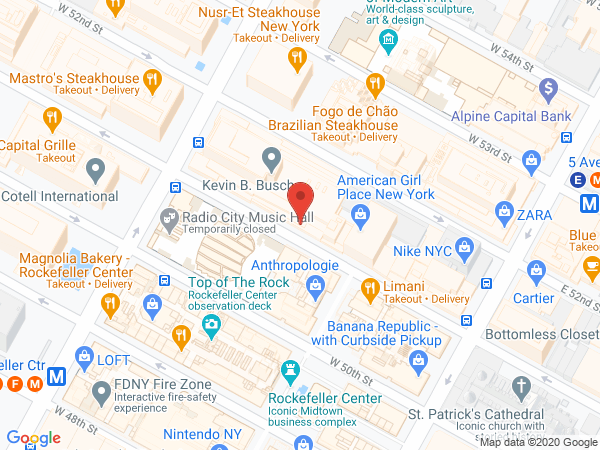Platelet Rich Plasma Treatment
Make an Appointment
Request an appointment with a musculoskeletal radiologist by phone or online. View our locations.
Platelet rich plasma treatment uses your body’s own healing system to treat issues and injuries of tendons and ligaments. Because it uses your blood, it can be a safe alternative to medications or surgery.
Platelets are tiny blood cell fragments that help your body heal by forming clots and stimulating cell growth and proliferation. When a blood vessel has been injured, platelets rush to the site of injury to form a clot and help fix the damage. Platelets live in the plasma—the liquid portion of your blood—which also contains red and white blood cells, salts, and other nutrients.
To make platelet rich plasma, we draw a small amount of blood which is placed into a centrifuge. The centrifuge spins blood at a very high speed until the plasma is separated from the rest of your blood. The plasma contains platelets that are 10 times more concentrated than in normal blood. This platelet rich plasma is then injected directly into the site of your injury.
By delivering a high concentration of platelets to your injury, we harness your body’s natural powers to promote healing and repair.
Conditions We Treat With Platelet Rich Plasma
Platelet rich plasma has been shown to speed healing after surgery and help with the treatment of:
- Rotator cuff injuries
- Tennis elbow
- Achilles tendinitis
- Anterior cruciate ligament (ACL) injuries
- Sprains
- Plantar fasciitis
What to Expect From a Platelet Rich Plasma Procedure
Columbia’s musculoskeletal radiologists use ultrasound to guide platelet rice plasma treatment. The real-time images help us reach the exact location of the injury. Our experts perform hundreds of image-guided procedures each year to provide relief from tendon and ligament injuries and many other conditions.
How do I prepare for the procedure?
Before the day of your procedure, we will give you instructions about any medications you are taking. It is important to follow instructions about discontinuing medications that prolong bleeding, such as aspirin, naproxen, ibuprofen, or blood thinners.
Eat a meal before coming in for your procedure to prevent lightheadedness that sometimes occurs when blood is drawn.
What will happen during the procedure?
When you arrive at our office, we will draw a few tablespoons of blood—the same amount that is drawn during a routine blood test. You will then return to the waiting room for about 30 minutes while we separate your blood in the centrifuge.
When your plasma is ready, we will ask you to change into a gown and escort you to the procedure room. You will lie down on the examination table with the area we are treating exposed. The procedure room is equipped with an ultrasound machine which allows our radiologists to pinpoint the location for the injections.
When you are comfortable, we will prepare for the injections by taking a series of ultrasound images. The imaging itself is painless. We will clean the area to be treated and inject a numbing medicine.
Using the images, our radiologist will pinpoint the location of the injury and inject the plasma into several places. Depending on the nature of your injury, you may have between two and ten plasma injections.
You can expect to be in our office for two hours from start to finish.
Are there any risks?
Because platelet rich plasma injections use your own blood, there is very little risk of infection or reaction.
After the procedure
After the procedure, you can resume normal activities immediately. You may notice some soreness in the area of the injections, and you can take acetaminophen (Tylenol) to relieve discomfort.
It may take several weeks before you notice the effects of platelet rich plasma injections. We may recommend several treatments, especially if you are showing improvement after the first treatment.
